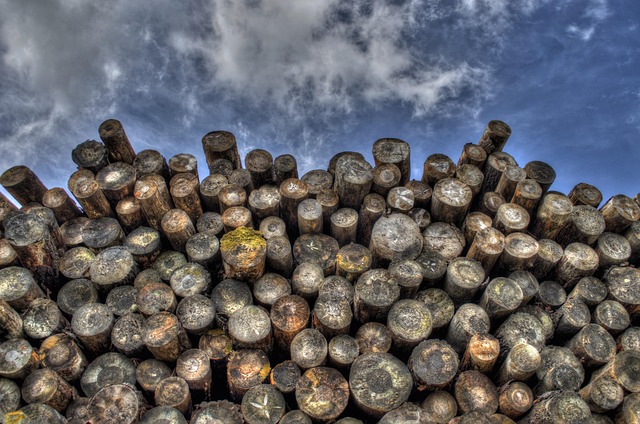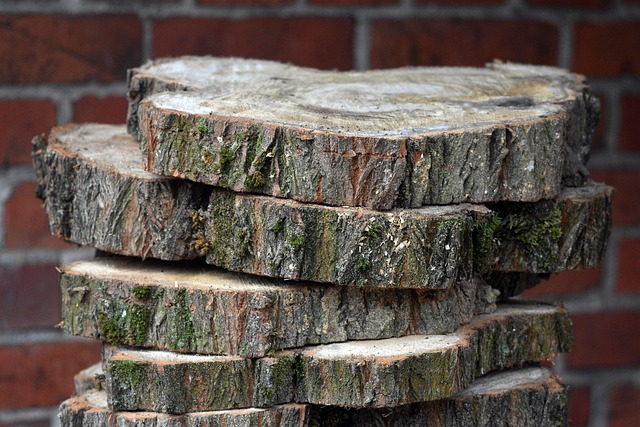Springfield, Oregon, boasts a centuries-old history dating back to Native American settlements and its strategic location along the Oregon Trail. Established in the 19th century as a crucial stop on the trail, Springfield thrived due to fertile soil and commerce. Its historic architecture, from Victorian homes to commercial structures, tells the story of pioneer resilience and cultural exchange. Cultural events, museums, and art galleries celebrate Springfield's diverse heritage. Meanwhile, natural landmarks like the Cascade Mountains and Willamette River reflect its past allure. Springfield masterfully preserves its founding history, offering visitors engaging experiences that bridge generations.
Springfield, Oregon, boasts a rich history intertwined with the pioneering spirit of America. From its early beginnings as a Native American settlement to its role along the iconic Oregon Trail, this vibrant city has shaped the narratives of its past. Discover the architectural marvels that stand tall, the cultural heritage sites that bring the past to life, and the natural landmarks that have defined Springfield’s landscape. Explore how the city’s founding history continues to inspire modern interpretations and preservation efforts today.
- Springfield's Early Beginnings: From Native American Settlements to Pioneer Communities
- The Role of the Oregon Trail: Shaping Springfield's Destiny
- Architectural Wonders: Uncovering Historic Buildings That Define Springfield
- Cultural Heritage Sites: Celebrating the Past Through Art, Museums, and More
- Natural Landmarks and Scenic Views: Exploring Springfield's Outdoor Treasures
- Modern Interpretations of History: How Springfield Preserves Its Past Today
Springfield's Early Beginnings: From Native American Settlements to Pioneer Communities

Springfield, Oregon, boasts a rich and diverse history that dates back centuries. The area was originally inhabited by Native American tribes, who found solace in the lush forests and fertile valleys. These early settlements laid the foundation for what would eventually become a thriving community. When European settlers arrived in the 19th century, they were drawn to Springfield’s strategic location along important trade routes. The founding of the city can be traced back to the late 1840s when a group of pioneers established a small outpost, marking the beginning of Springfield’s journey as a significant stop on the Oregon Trail.
Over time, this humble settlement grew into a bustling town, driven by agriculture and commerce. The rich soil attracted farmers who contributed to the region’s agricultural prosperity. As Springfield’s population expanded, so did its influence, solidifying its place in Oregon’s history as a pivotal point for both cultural and economic development.
The Role of the Oregon Trail: Shaping Springfield's Destiny

The Oregon Trail, a historic migration route that stretched over 2,000 miles, played a pivotal role in shaping Springfield’s destiny. Established in the mid-19th century, this trail served as a vital passage for pioneers seeking new opportunities and lands beyond the Missouri River. Springfield, nestled along the Willamette River, was no exception to this trend. The town’s founding is deeply intertwined with the trail, attracting settlers who recognized its strategic location as a rest stop and trading post. As word spread about the fertile soils and abundant resources in the region, more migrants followed, contributing to Springfield’s growth and diversification.
The Oregon Trail’s impact extended beyond initial settlement. It fostered cultural exchange and economic development, with Springfield becoming a bustling hub for commerce and community. The trail’s legacy is evident in the town’s historic architecture and rich cultural heritage, making it a must-visit destination for those interested in Oregon’s founding history.
Architectural Wonders: Uncovering Historic Buildings That Define Springfield

Springfield, Oregon, boasts a rich history that is evident in its architectural wonders. The town’s founding dates back to the mid-19th century when pioneers and settlers arrived, seeking fertile lands and new opportunities. This era is reflected in the city’s iconic buildings, many of which still stand as testaments to the area’s early development. From grand Victorian homes to historic commercial structures, these architectural marvels offer a glimpse into Springfield’s past.
Exploring these landmarks allows visitors and residents alike to uncover stories of resilience, innovation, and cultural exchange that have shaped the community over the years. Each building, with its unique design and historical significance, contributes to the vibrant tapestry of Springfield’s identity, making it a fascinating destination for those interested in delving into Oregon’s rich founding history.
Cultural Heritage Sites: Celebrating the Past Through Art, Museums, and More

Springfield, Oregon, boasts a rich cultural heritage that is celebrated through various art forms and historical sites. The city’s founding history is intertwined with Native American traditions, European settlement, and the vibrant community that has developed over time. Visitors can explore this legacy through numerous museums, art galleries, and cultural events that showcase the diverse talents of the region.
The Springfield Museum of Art, for instance, features a collection that reflects both local and international artistic influences. It houses works that tell stories of the area’s indigenous peoples, early settlers, and the progressive spirit that has shaped Springfield. Additionally, the city’s historic districts, with their well-preserved buildings, offer a glimpse into the architectural evolution of the community, highlighting the Springfield founding history and the cultural shifts that have occurred over the years.
Natural Landmarks and Scenic Views: Exploring Springfield's Outdoor Treasures

Springfield, Oregon, isn’t just about its rich history; it’s also blessed with stunning natural landmarks and scenic views that offer visitors a chance to connect with the area’s founding story. The city’s outdoor treasures include lush forests, majestic mountains, and serene rivers, all of which played significant roles in the early days of Springfield’s establishment.
Exploring these natural wonders allows one to appreciate the beauty that drew early settlers to this place. From the Cascade Mountain Range in the east to the Willamette River flowing through the heart of town, each landmark tells a piece of Springfield’s founding history. Whether it’s hiking through ancient forests or simply enjoying panoramic views from scenic overlooks, visitors can immerse themselves in the area’s natural beauty and historical significance.
Modern Interpretations of History: How Springfield Preserves Its Past Today

Springfield, Oregon, has masterfully blended its rich history with modern interpretations, ensuring that its past remains vibrant and accessible for all to explore. The city’s founding story dates back to the mid-19th century when pioneers and settlers arrived, shaping the region into a thriving community. Today, visitors can wander through these historic streets and discover traces of Springfield’s early days. Local museums and cultural centers play a pivotal role in preserving this legacy, showcasing artifacts and exhibits that tell the tale of the area’s development from its humble beginnings to becoming an integral part of Oregon’s history.
Through innovative displays and interactive experiences, Springfield offers a unique window into its past. Historical landmarks, such as the old courthouses and heritage sites, stand as silent guardians, whispering stories of the community’s resilience and growth. The city’s efforts in interpreting its history not only educate but also inspire, fostering a deeper connection to the past and shaping a collective identity that bridges generations.
